The Lost Flowers of Alice Hart, a drama series from Australia, is by women, about women, and for women. It’s full of secrets and slow revelations. It’s quietly beautiful and ultimately full of hope and love.
The Lost Flowers of Alice Hart centers itself on a flower farm run by June Hart (Sigourney Weaver). Women in the Hart family owned the farm for several generations.
Meet the Characters in The Lost Flowers of Alice Hart
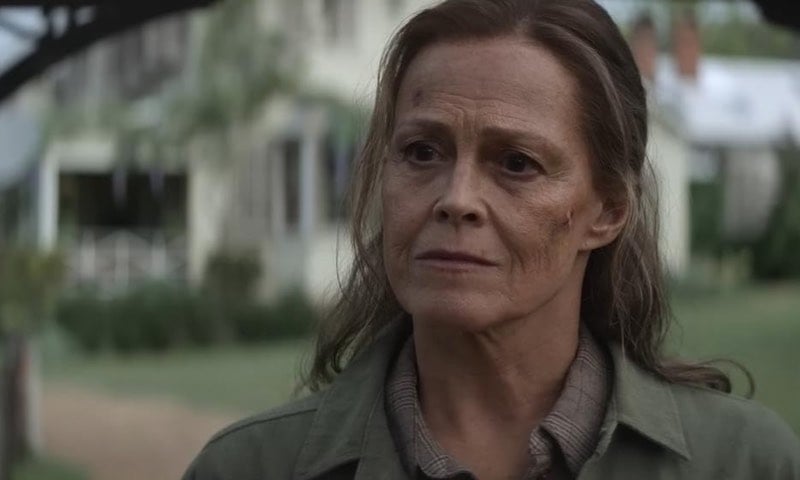
The farm was a refuge for many women over many years – women who had been hurt and abused by their fathers, brothers, husbands, sons, and strangers. Those women were sheltered there until they healed in body and spirit. June called the women flowers.
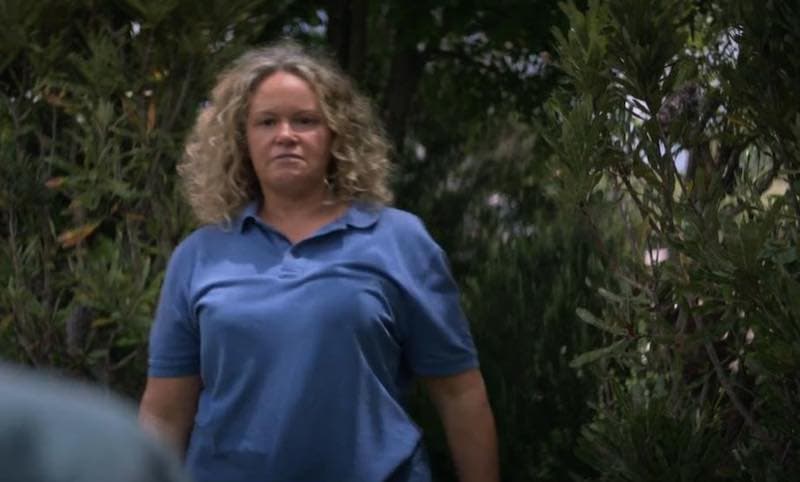
June was a lesbian. Her partner, Twig (Leah Purcell), lived there with her. Their adopted daughter Candy (Frankie Adams) was a permanent resident, too.
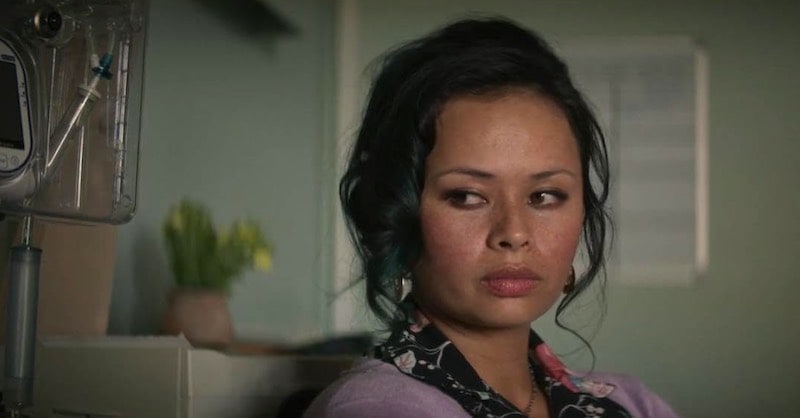
June also had a biological son, Clem (Charlie Vickers). Clem was a talented woodcarver. And, he was an abuser. He was sent away from the flower farm after he attacked and almost killed his mother.

Clem married one of the flowers, Agnes (Tilda Cobham-Hervey). They had a daughter named Alice (Alyla Browne as a child and Alycia Debnam-Carey as an adult).
Clem, Agnes, and Alice lived away from the farm. When Alice was about 10, her mother was pregnant with another child. There was a fire at their farm. Everyone died but Alice.

Alice took a long time to recover. While she was in the hospital, a librarian named Sally Morgan (Asher Keddie) cared for her and wanted to adopt her. Sally was connected to the Hart family in interesting ways. This connection endured over the years.
Instead, June took Alice to the flower farm and raised her there.
Hiding the truth, keeping the silence
June thought she knew best about everything. Keeping the truth from Alice about many important things was one of the things she thought it was best to do. Twig and Candy both urged her to be more honest with Alice. She remained stubbornly silent.
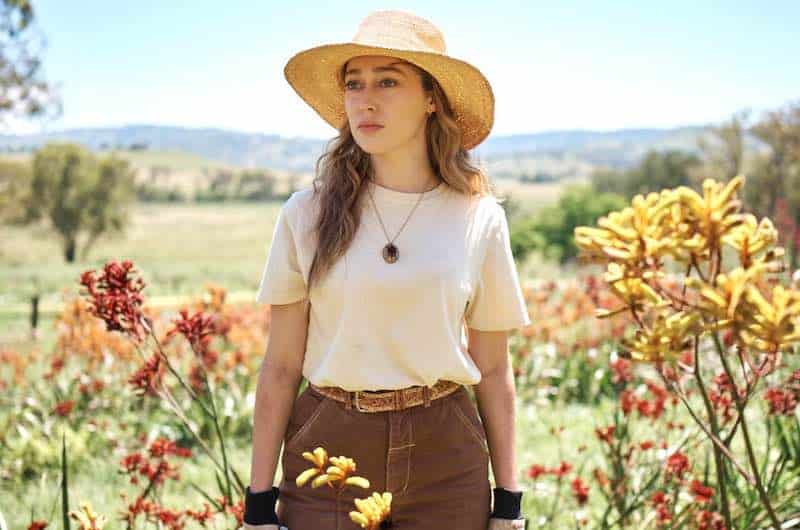
When Alice was about 25 she learned some of those hidden truths. Not all, but enough to drive her away from the farm. She struggled to invent a new life for herself.
Using flashbacks that went back decades sometimes, June’s secrets were slowly revealed. The series itself was slow. It was thoughtful and quiet. Inside that quiet, there was an emotional electricity that reached out and spoke to women who’ve been abused or hurt by a man. It was both tender and powerful.
Through June’s character, the story explored why women stay with abusers, why they return to them after leaving, why they remain silent. This was subtle and quiet rather than preachy.
Through Alice’s character, the story explored how growing up in a home full of violence and danger affects children. It showed the ways that violence can linger like an imprint in the child’s DNA and affect choices in adulthood. Again, this wasn’t done in a preachy way. It was showing, not moralizing.
Every flower had meaning. Those meanings were explored in each episode. Among the women at the flower farm, flowers were a form of communication. They were used instead of words.
The series was shot in Australia. One of the things I appreciated about the story was how Leah Purcell as Twig and Shareena Clanton as Ruby were given the space to explore their aboriginal roots and lore. These scenes weren’t strictly necessary to the progress of the main plot. However, they added meaning about the bond of motherhood and about the way women care for and shelter women.
The Lost Flowers of Alice Hart was created for television by Sarah Lambert based on a book by Holly Ringland. It was directed by Glendyn Ivin. All seven episodes of this limited series are now available on Prime Video.
If you’ve already seen this series, I’d love to know what you thought about it. Leave a comment below.
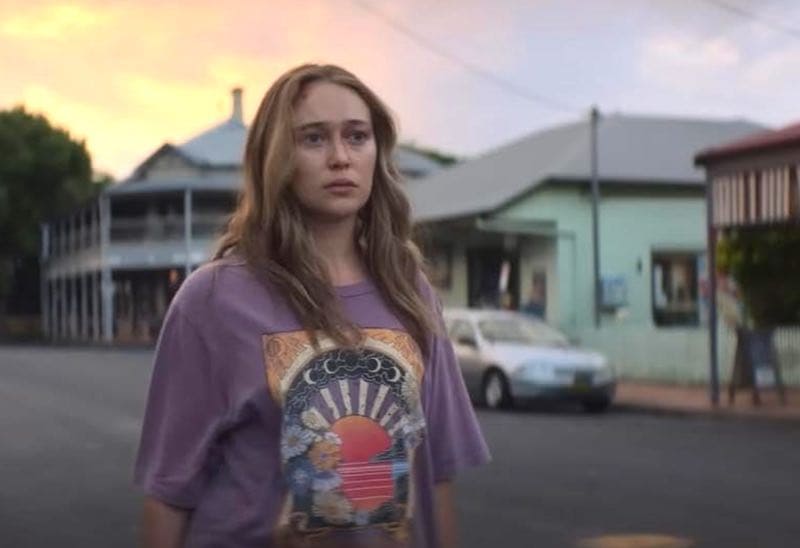
Leave a Reply